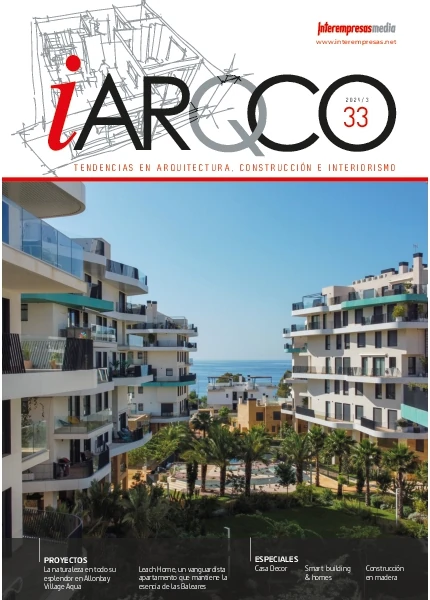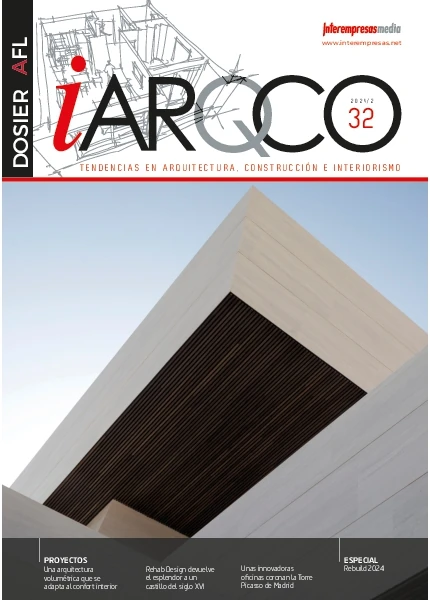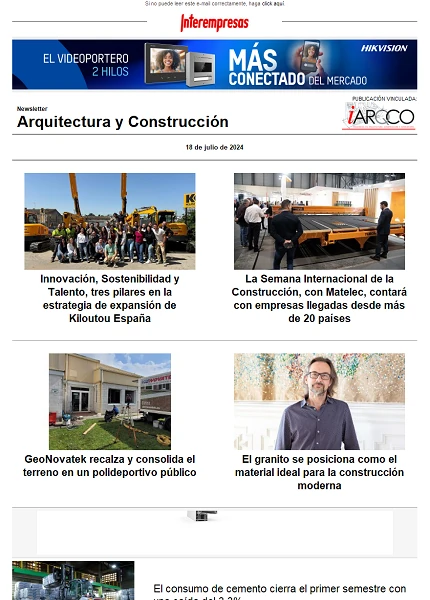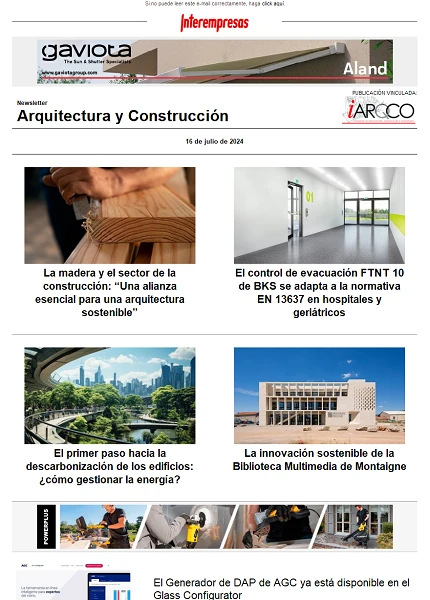Plastic tubes have a future ahead
Director general of Asetub15/10/2002

It is almost 25 years, when even the plastic pipes lived his childhood, six companies which were convinced that "the Union is strength", decided to join. The spirit of partnership, not very ingrained by then, has become stronger and today there are 16 companies that form the Association, representing a very major percentage of the sector of plastic pipes in Spain.
Despite, or rather, thanks to the natural movements of the market and the industry itself, which have brought many changes, especially in recent times, the plastic pipes have reached adolescence, with a lifetime ahead.
ASETUB companies hold more than 80 per cent of the marks of quality N of AENOR existing today, being pioneers in the certification as a guarantee of quality. This guarantee is essential, not only to the user, but to the manufacturer himself which is ensured through a periodic and continuous control the perfect suitability of its products to implement which are intended.
In addition to the quality, innovation plays a key role in this industry, and since the beginning of the process, i.e. the raw material. The desire of all manufacturers offer pipes with increasingly older and better benefits, looking for differentiated products and expanding the framework of its possible uses, some of them unthinkable just some years ago.
ASETUB manufacturers create pipelines of very different materials (PVC, PE, PER PP, FRP..) for numerous applications: supply, evacuation, irrigation, drainage, sanitary hot water and heating, driving of gas, electric pipe, etc., as well as the required accessories for the installation of the complete system for the conveyance of fluids.
In ASETUB there are working groups of materials where dealt with specific issues of each one and common to all of them to deal with General technical and marketing groups.
Market data
The consumption of plastics in construction, is distributed in the following way:
Benefits of plastics in tubes
Plastics are suitable for the construction of piping materials for water supply and sanitation. They are flexible, oxidation, corrosion, or inlays and high chemical resistance. Life is much higher than any other material.
However, persist some misconceptions about the plastic tubes and flexible behavior is a disadvantage or that the deflection of the tube decreases its load capacity and watertightness. Of course, these data are all groundless. They are really easy to install and maintain, best performing hydraulic, light and resistant, resistant to acids and bases and telluric currents and nontoxic.
Plastic pipes are involved approximately 30 per cent of the length of the sanitation network. Plastics can reduce the main problems that occur in this type of networks with all its features and also are respectful with the environment which are completely recyclable materials suitable for transport of water for human consumption and minimum of 50 years.
There forgetting the use of plastic tubes in telecommunications. Although the history of the use of PVC and PE pipes for pipes for communications cables and electrical, dates back to more than 40 years ago, greater diversification in terms of qualities and benefits requested to plastic pipe has occurred in parallel to the developmentgrowth and release of the telecommunications sector.
Trends
To this end, make presentations, produces publications, and also actively participates in strategic initiatives to improve the industry of plastic pipes.
In addition to the clear commitment to the quality, the commitment of the plastics industry, encouraging and adapted to the regulations that favour sustainable development, it has the motivation of all movements committed to the environment, which is the benchmark that allows an evolutionary processconsistent and safe for the future of our sanitation facilities.
What companies is that their production processes are becoming more environmentally friendly with the environment and progress in the research to improve every day the main solutions which give society the plastic pipes, which basically are: ease of installation, mechanical strength, flexibility, watertightness, resistance to abrasion, less loss of cargo, absence of inlays, inalterability in time, resistance to chemical agents and recyclability.
Advantages of polyethylene
The polyethylene is one of the plastic materials used for pipes. High-density PE is intended 10% pipes and low density PE 7%. Another one of the most used material is PVC, of which 55% is intended to pipes. The advantages of polyethylene tubes can be summarized in:
- The lightness of the material provides a quick setup.
- Flexibility simplifies winding routes.
- The flexibility and lightness facilitate steep paths.
- The conditions of leveled bed of the ditch are less demanding.
- It resists to the stresses and deformations high with instant loads.
- The impact resistance is excellent.
- The speed is much lower that in other materials, attenuating the coup of RAM. Union systems are varied, simple and secured.
- They can be used in large sections, reducing the number of links.
- Fitting available out of the ditch.
- They allow ease of repair.
- Easy to join tubes welded butt or electrofusión (pipes without leakage).
- Support settlement of the ground without losing the tightness.
- Allow the installation of underground pipes without opening of ditch.
- Abrasion resistance is greater than that of steel.
- Suitable for use in Relining.
- They do not suffer corrosion.
- Resistant to most chemicals.
- They do not need galvanic protection.
- They do not suffer attack or accumulation of seaweed.
- Its service life is calculated for more than 50 years.
- Their coefficient of friction is very low and is constant in time.
- They have no inlays or drainage.
- The thermal coefficient of expansion is high, but the induced stresses are small.
- It resists temperatures below zero.
- Suitable for food use.
- No negative environmental effects.
In particular, lattice polyethylene for its particular properties gives pipes a number of advantages that make it highly recommended for pipes of hot and cold water under pressure. PEX pipes have a smooth surface, which causes less loss of load.

































































































